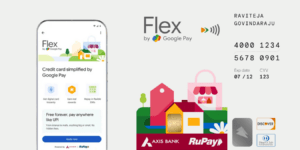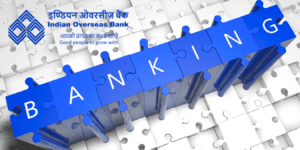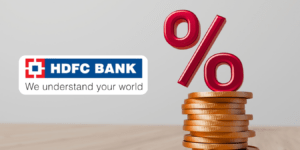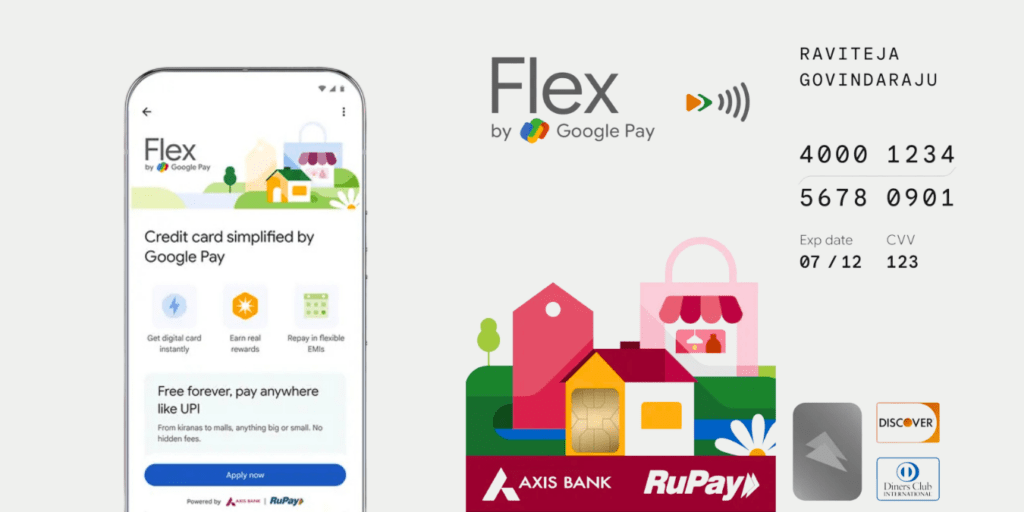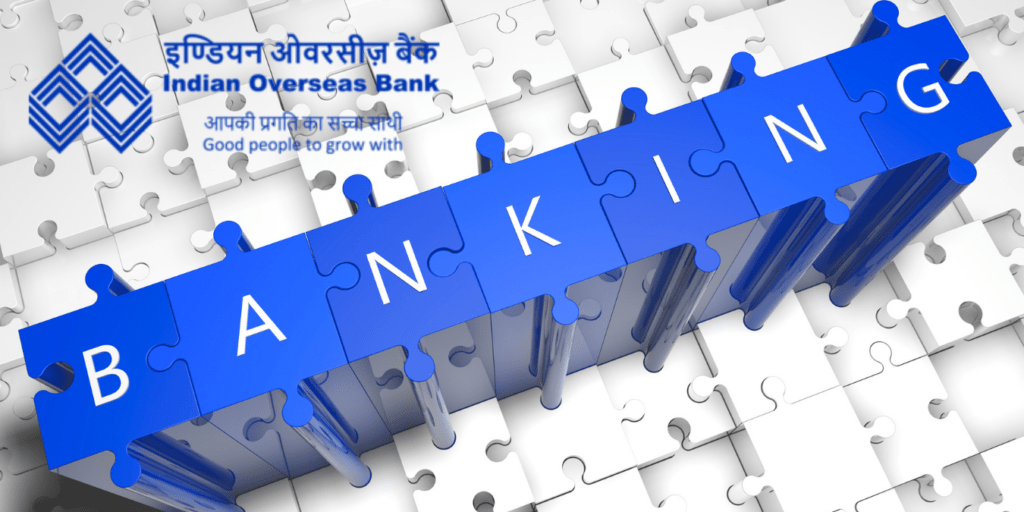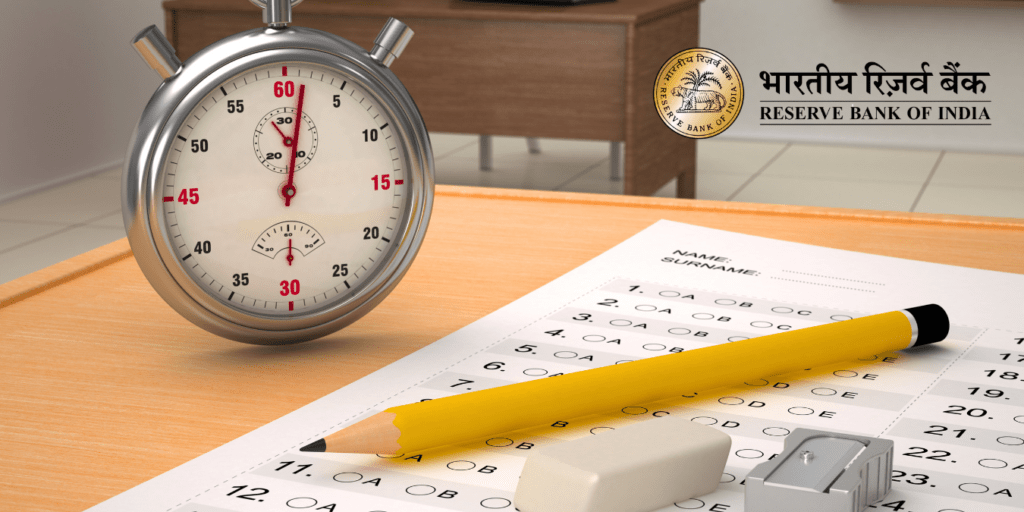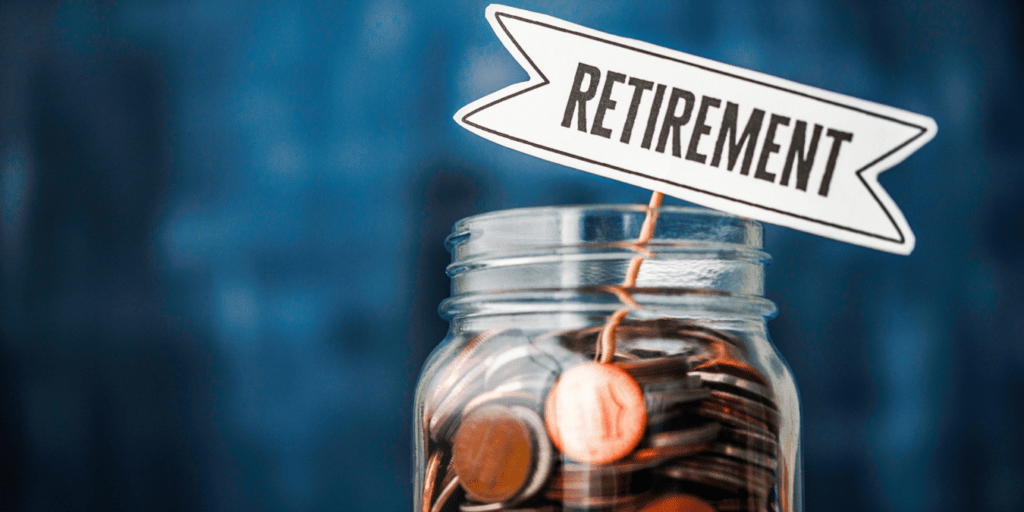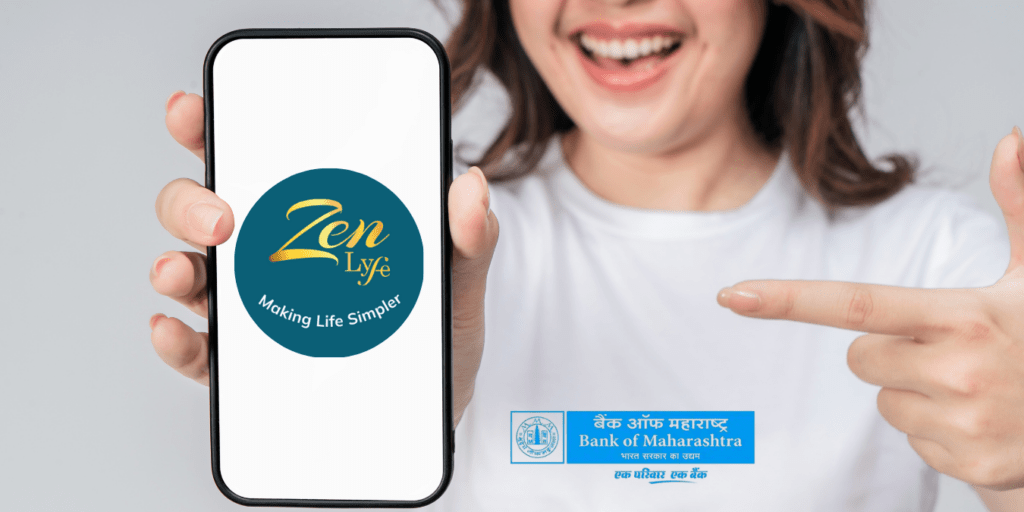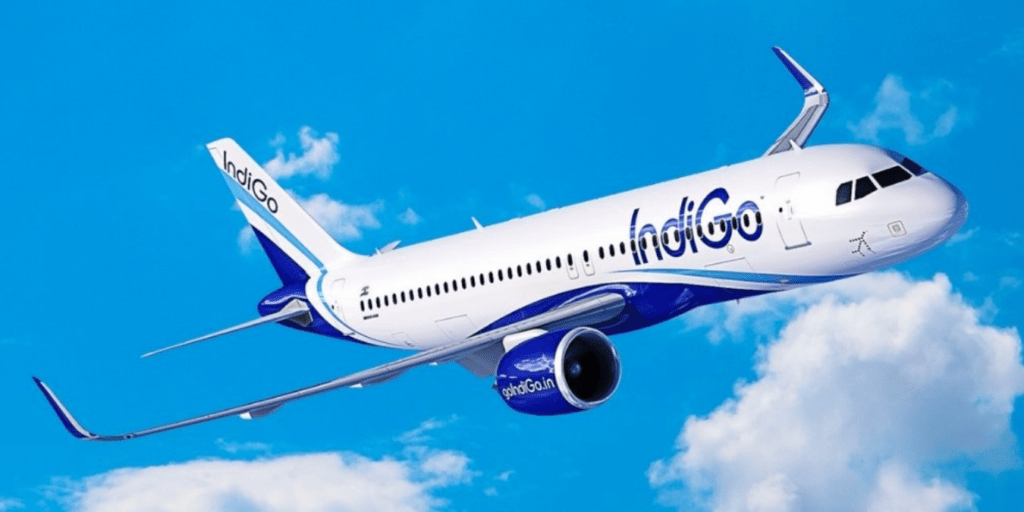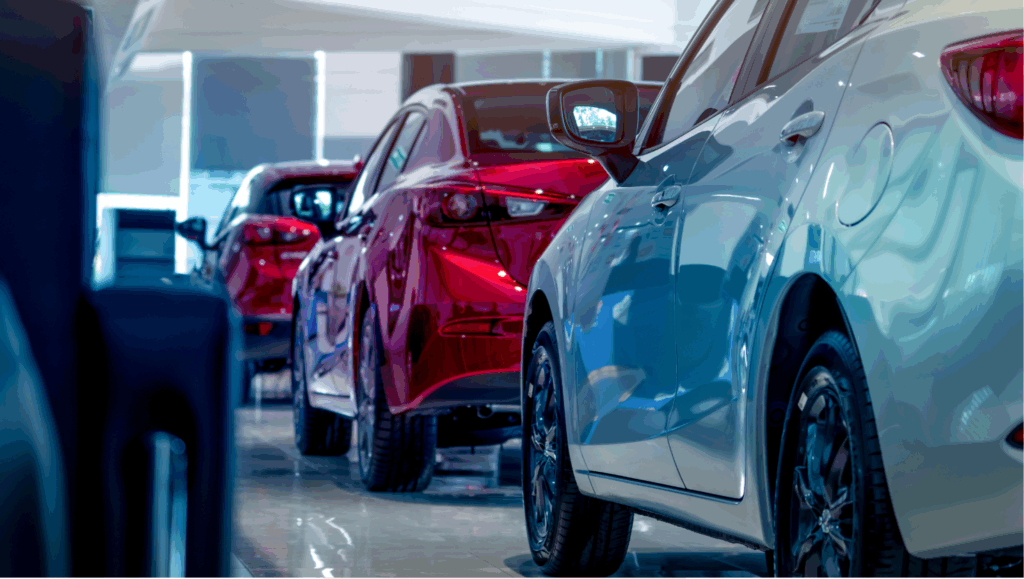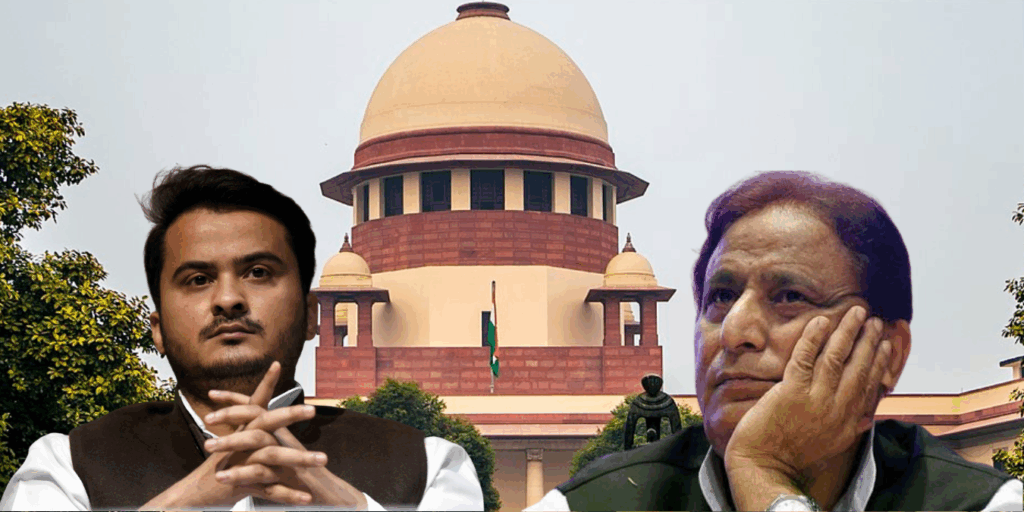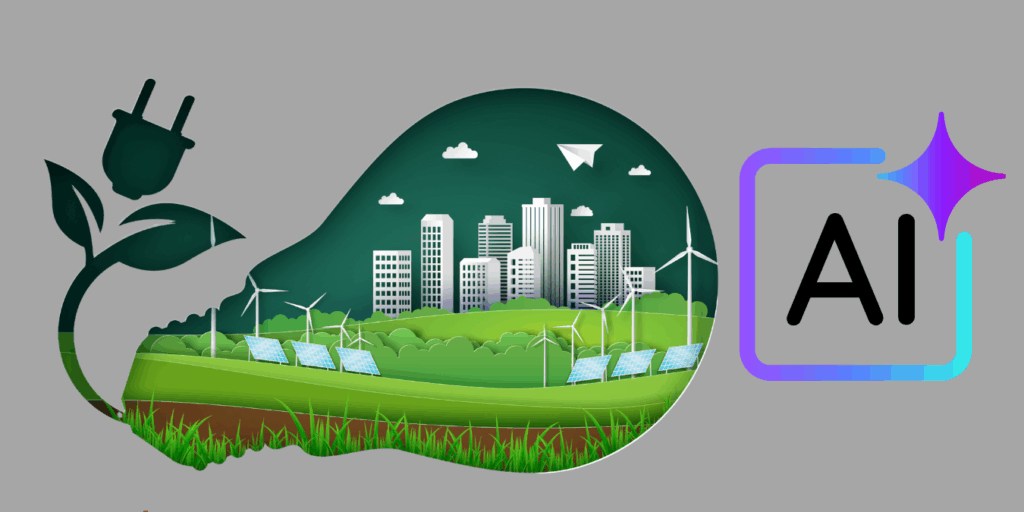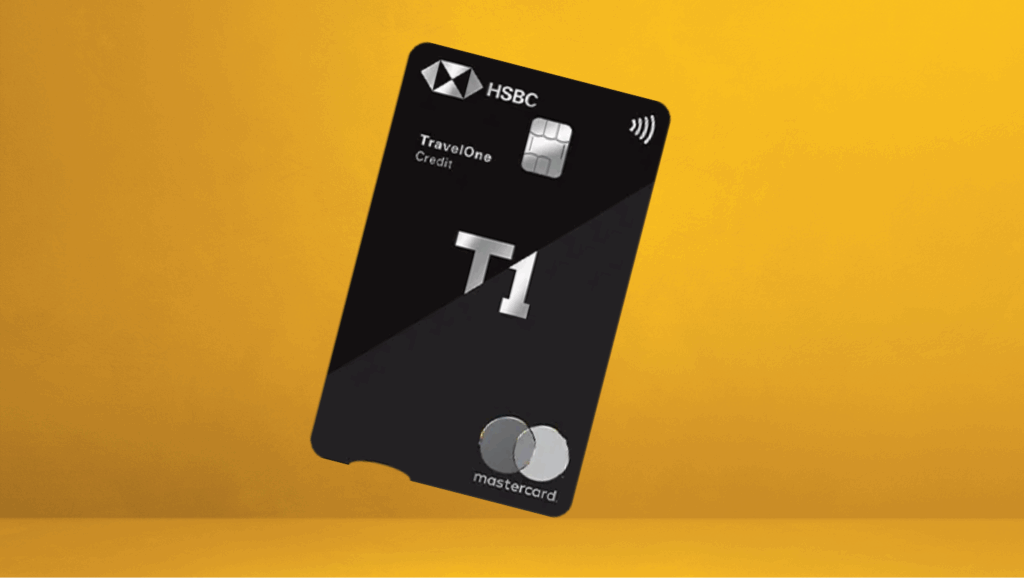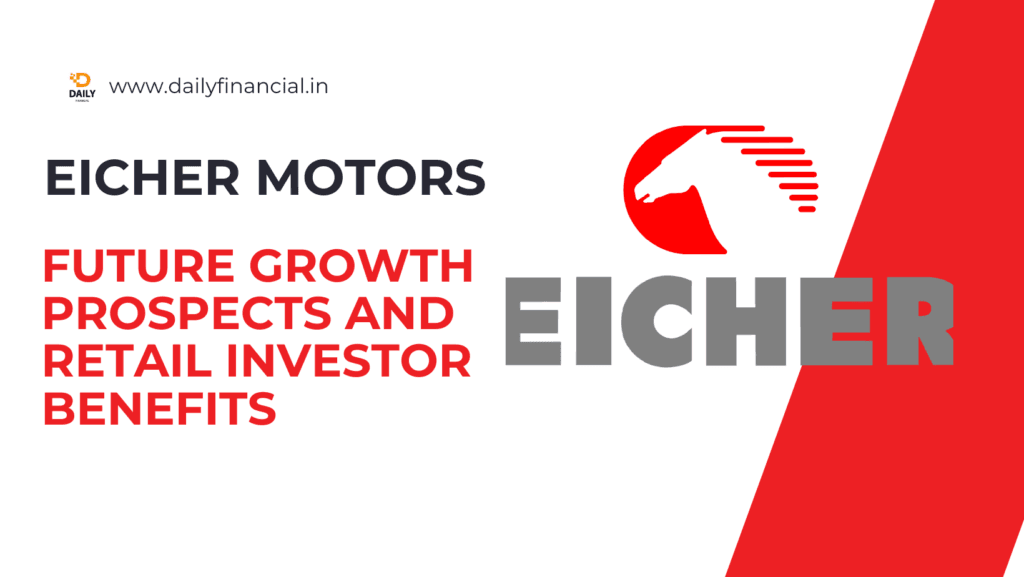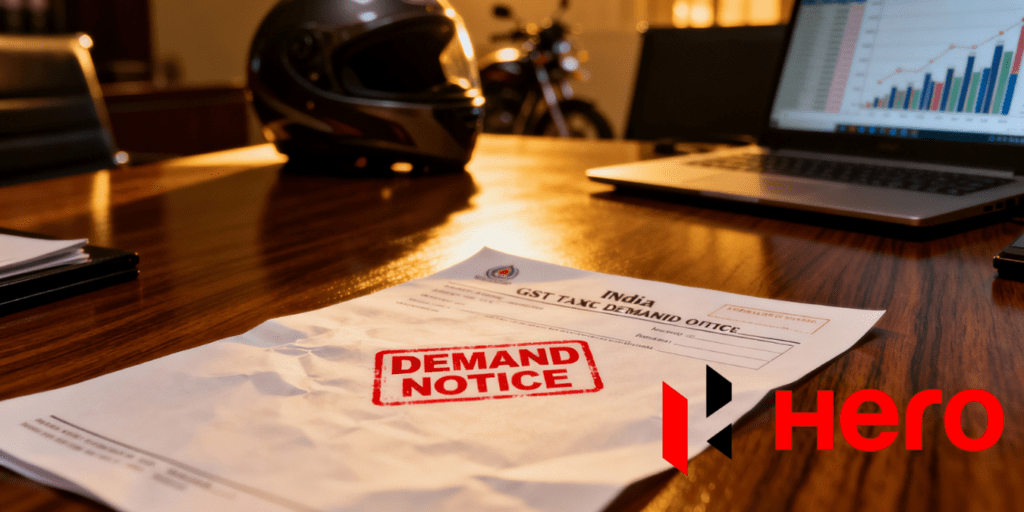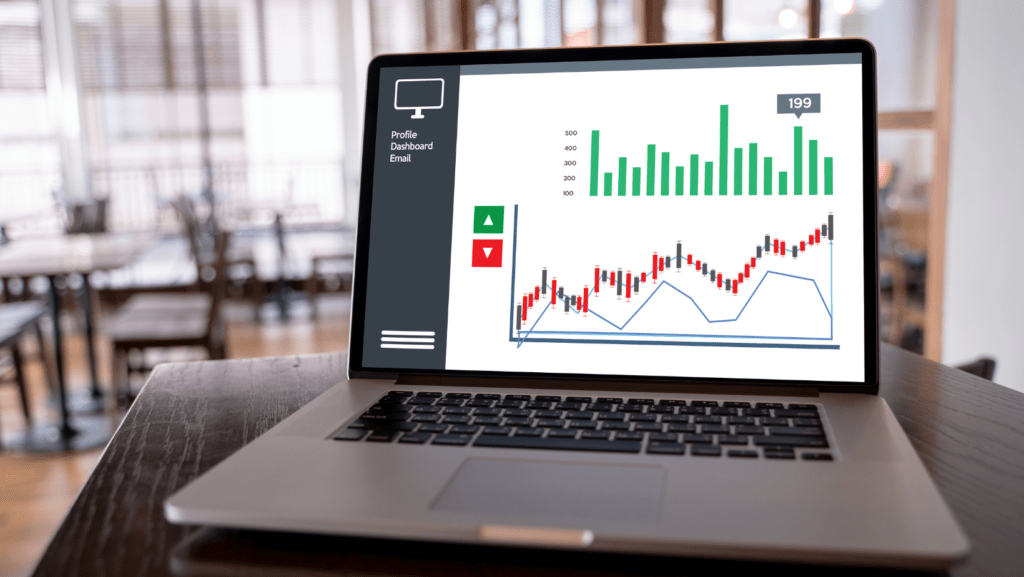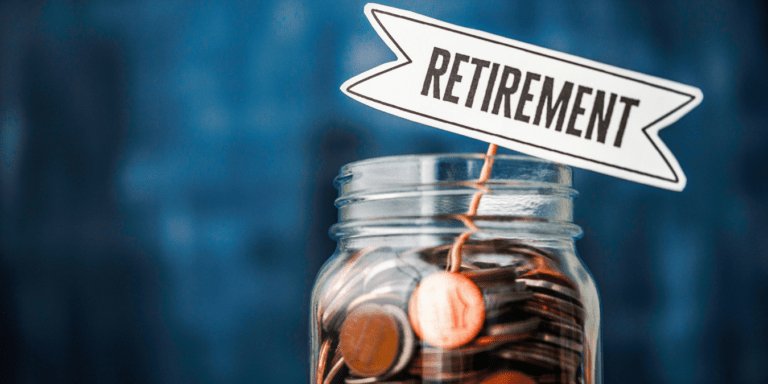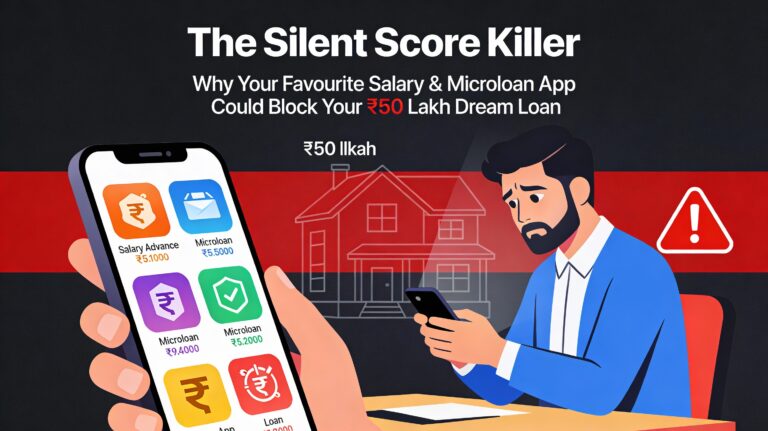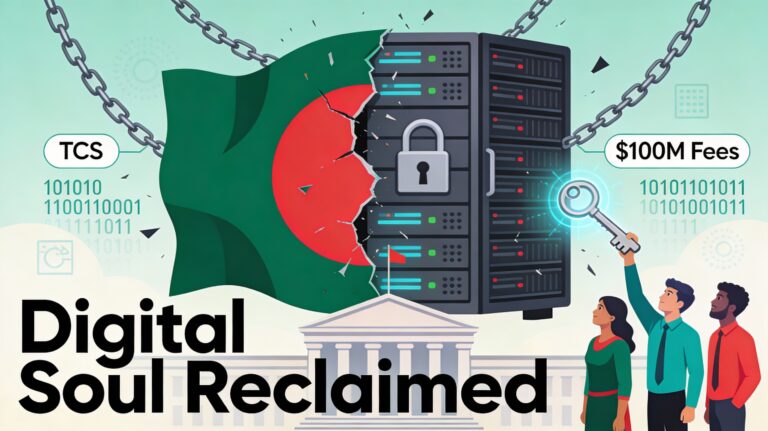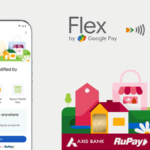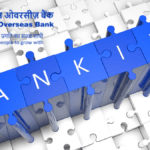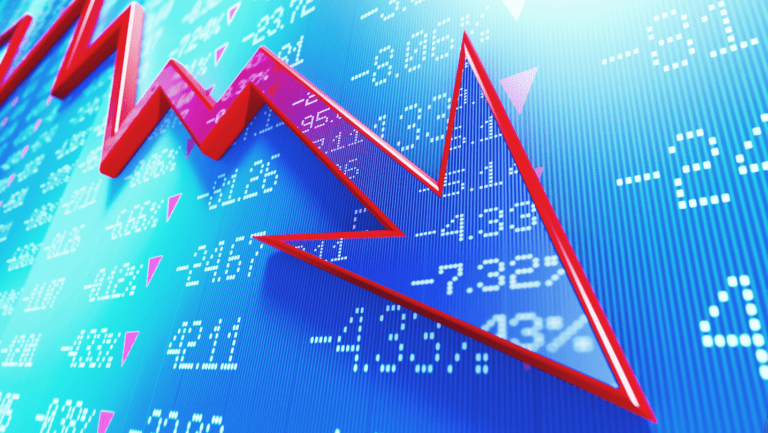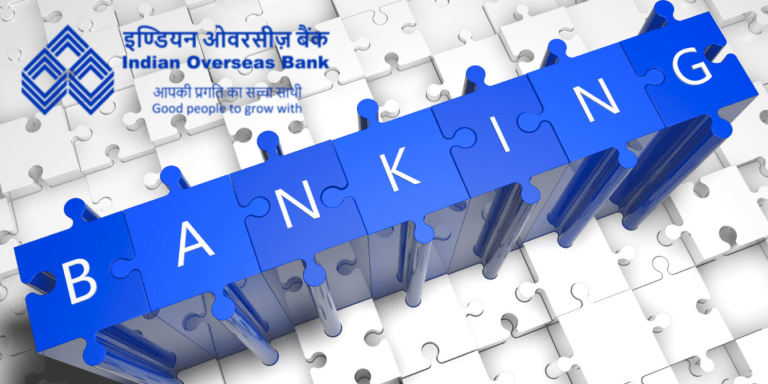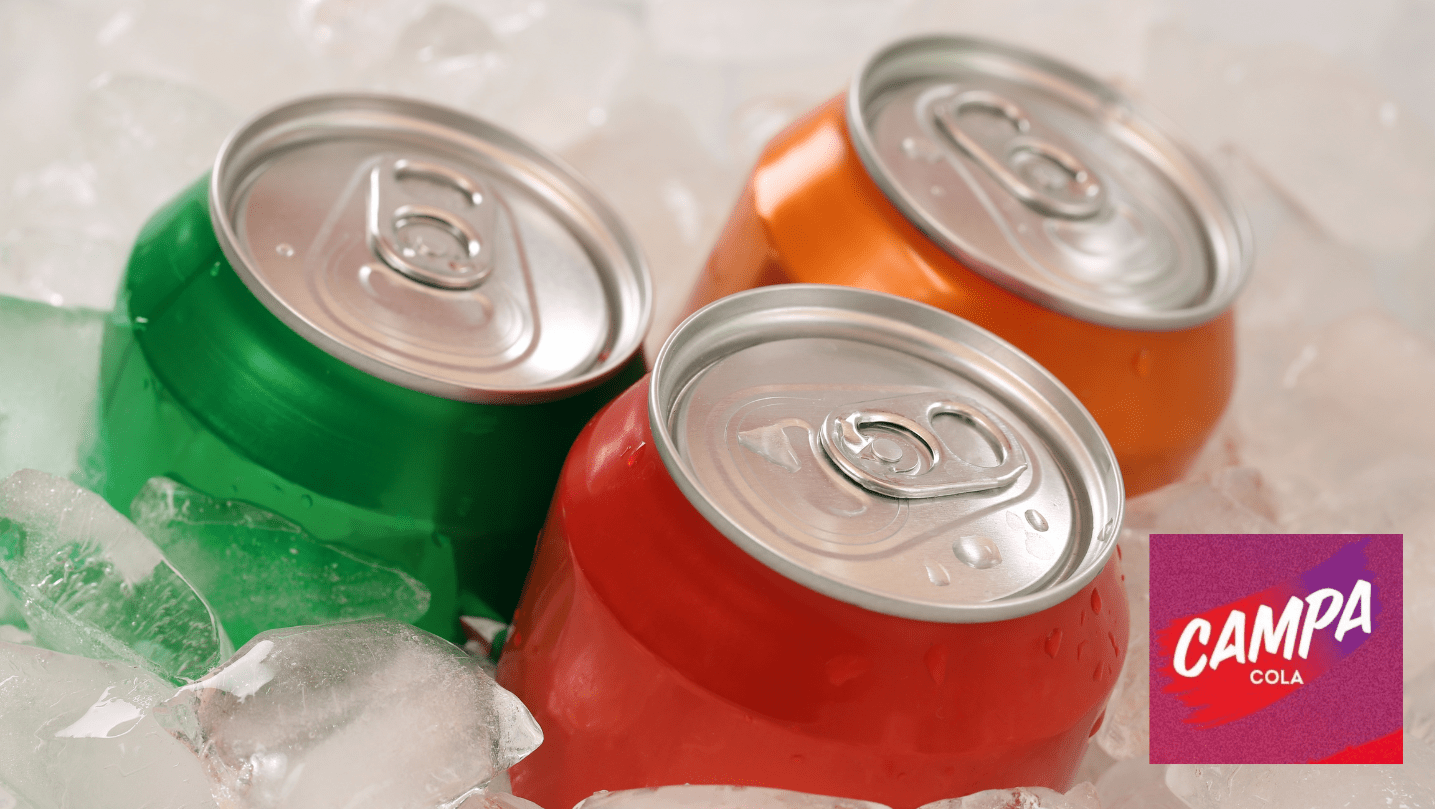
How is Reliance reshaping India’s ₹67,100 crore beverage industry? From bold acquisitions to stealthy market plays, discover their disruptive strategies shaking up giants like Pepsi & Coca-Cola. Will they dominate next? Find out now!
Campa Cola, once a forgotten brand synonymous with the vibrant India of the 1970s and 1980s, has staged a remarkable comeback under the aegis of Reliance Industries. In a market long dominated by global giants like Coca-Cola and PepsiCo, Reliance Consumer Products Ltd (RCPL) is rewriting the rules of India’s ₹67,100 crore non-alcoholic beverage industry. With a potent mix of aggressive pricing, nostalgic branding, and an unmatched distribution network, Campa Cola is emerging as a formidable challenger. This blog post explores how Reliance is quietly shaking up the beverage market, leveraging the latest data and trends to highlight its strategic masterstroke.
Latest Post
The Resurgence of Campa Cola: A Nostalgic Revival
Campa Cola was a household name in India during the pre-liberalization era, celebrated for its tagline, “The Great Indian Taste.” Launched by the Pure Drinks Group in 1977, it dominated the soft drink market until the entry of Coca-Cola and PepsiCo in the 1990s eroded its presence. By the early 2000s, Campa Cola had faded into obscurity, relegated to the memories of a generation. However, in August 2022, Reliance Industries acquired the brand for a modest ₹22 crore, signaling its intent to disrupt the beverage sector.
Since its relaunch in 2023, Campa Cola has captured the imagination of consumers and analysts alike. According to recent reports, the brand has achieved over 10% market share in the sparkling beverage category in select Indian states and is projected to surpass ₹1,000 crore in turnover in FY 2024-25. This meteoric rise within 18 months of its relaunch underscores Reliance’s ability to transform a nostalgic brand into a modern-day contender.
India’s Beverage Market: A Lucrative Opportunity
The Indian non-alcoholic beverage market, valued at ₹67,100 crore in 2019, is poised for significant growth, with estimates projecting it to reach ₹1.47 trillion by 2030. Carbonated soft drinks, juices, bottled water, and fruit-based beverages constitute this dynamic sector, driven by a growing middle class, urbanization, and changing consumer preferences. Despite the dominance of Coca-Cola (55% market share) and PepsiCo (30%), there is ample room for homegrown brands to carve out a niche, especially those leveraging affordability and local appeal.
Reliance’s entry into this space through RCPL, which reported ₹3,000 crore in sales in its first full year of operations (FY24), is a testament to its strategic vision. Campa Cola alone contributed ₹400 crore to RCPL’s sales, highlighting its potential as a star performer. The company’s focus on the ₹10 price point has resonated with India’s price-sensitive consumers, particularly in rural and semi-urban markets.
Reliance’s Disruption Formula: Pricing, Margins, and Distribution
Reliance’s approach to reviving Campa Cola mirrors its disruptive strategy in telecom with Jio. The company has employed a three-pronged strategy to challenge established players:
1. Aggressive Pricing
Campa Cola’s pricing is a game-changer. A 200 ml PET bottle is priced at ₹10, and a 500 ml bottle at ₹20, undercutting competitors by up to 50%. For comparison, Coca-Cola and PepsiCo’s 250 ml bottles retail at ₹20, and their 600 ml bottles at ₹40. This disruptive pricing has forced rivals to rethink their strategies. For instance, Coca-Cola introduced a promotional 350 ml bottle (150 ml free) at ₹20, while PepsiCo’s bottling partner, Varun Beverages, hinted at launching lower-priced packs to counter Campa.
The ₹10 price point is particularly significant in India, where affordability drives purchasing decisions. By targeting the middle and lower-middle-class segments, Campa Cola has expanded the accessibility of carbonated soft drinks, especially during festive seasons like Durga Puja, where its low prices attracted budget-conscious consumers in West Bengal.
2. Higher Retailer Margins
Reliance has secured prime shelf space in India’s fragmented retail sector by offering retailers margins of 6–8%, compared to the 3.5–5% typically provided by Coca-Cola and PepsiCo. This strategy aligns RCPL’s interests with those of local kirana stores and small retailers, who prioritize products that yield higher profits. As a result, Campa Cola is now visible in over 18,900 stores, including JioMart, Sahakari Bhandars, and neighborhood shops.
This approach has disrupted competitors’ distribution models. Tata Consumer Products, for instance, was forced to adjust the pricing of its Tata Gluco Plus after Campa’s attractive margins lured retailers away. The ripple effect is evident in regions like West Bengal, where Campa has captured a 2% market share in the non-alcoholic beverage segment.
3. Unmatched Distribution Network
Reliance’s retail ecosystem, encompassing Reliance Fresh, Reliance Smart, and JioMart, provides Campa Cola with unparalleled reach. The company’s partnership with Jio Pay further facilitates onboarding millions of small retailers, giving it an edge in penetrating India’s estimated 15 million kirana stores. Additionally, RCPL has invested ₹500–700 crore in establishing bottling plants to boost production capacity and address supply constraints.
Strategic partnerships, such as the collaboration with Sri Lanka-based Ceylon Beverage International for canning operations, have further strengthened Campa’s supply chain. This agreement also grants Reliance distribution rights for Ceylon’s energy drinks and juices in India, expanding its portfolio in the ₹67,100 crore beverage market.
Nostalgia as a Marketing Masterstroke
Beyond pricing and distribution, Reliance has tapped into the emotional appeal of Campa Cola’s heritage. The brand’s relaunch campaign emphasizes its “Great Indian Taste,” resonating with older consumers who associate Campa with pre-liberalization India. For younger audiences, the crisp, refreshing flavors and vibrant packaging position it as a contemporary alternative to global brands.
Reliance’s marketing strategy avoids expensive traditional advertising in favor of high-impact sponsorships. Securing the co-presenting sponsorship for IPL 2025 at ₹200 crore has ensured Campa Cola’s omnipresence during India’s most-watched sporting event. This subtle yet powerful approach has amplified brand visibility without the hefty costs associated with mass-media campaigns.
Global Ambitions: Campa Cola Goes International
Reliance’s vision for Campa Cola extends beyond India. In February 2025, RCPL launched Campa Cola in the United Arab Emirates in partnership with Agthia Group, marking its first foray into the global market. The portfolio includes Campa Cola, Campa Lemon, Campa Orange, and a sugar-free Cola Zero, targeting the significant Indian expatriate community and local consumers.
The company is also exporting Campa Cola to West Asian nations like Bahrain, Oman, and Saudi Arabia, capitalizing on the boycott of American products in the region. By replicating its low-price, high-margin strategy, Reliance aims to disrupt global beverage markets dominated by PepsiCo and Coca-Cola. Plans to establish bottling plants in Saudi Arabia and the UAE further underscore its global ambitions.
Challenges and Opportunities Ahead
Despite its impressive trajectory, Campa Cola faces challenges. The carbonated soft drink market is growing at a modest 4%, lagging behind healthier beverage categories like juices and bottled water (12–15% growth). Consumer preferences are shifting toward low-sugar and functional beverages, posing a potential headwind for Campa’s cola-centric portfolio.
Moreover, sustaining aggressive pricing may strain profitability in the long term. Industry analysts note that Coca-Cola and PepsiCo abandoned ₹5 price points two decades ago due to cost pressures, suggesting that Campa’s ₹10 strategy may not be viable indefinitely. Building brand stickiness among younger consumers, who lack nostalgia for Campa, will also require continuous innovation in flavors, formats, and packaging.
However, opportunities abound. The soft drink market is expected to grow at 5.4% annually until 2027, driven by rising consumption in tier-2 and tier-3 cities. Reliance’s acquisition of other beverage brands, such as Sosyo and Raskik, and its expansion into energy drinks and fruit-based beverages, positions RCPL to capture a broader market share.
A New Chapter in India’s Cola Wars
Reliance’s revival of Campa Cola is a masterclass in disruption, blending nostalgia, affordability, and strategic distribution to challenge Coca-Cola and PepsiCo’s dominance. With a 10% market share in select states, ₹1,000 crore in projected FY25 turnover, and a growing global footprint, Campa Cola is no longer a forgotten brand but a symbol of Reliance’s FMCG ambitions.
As India’s ₹67,100 crore beverage market evolves, Reliance’s ability to innovate, adapt to consumer trends, and leverage its financial and retail prowess will determine Campa Cola’s long-term success. For now, the cola wars are back, and Reliance is quietly fizzing its way to the top.
Disclaimer: Data and projections are based on publicly available information as of April 2025. Always verify with primary sources for investment or business decisions.

